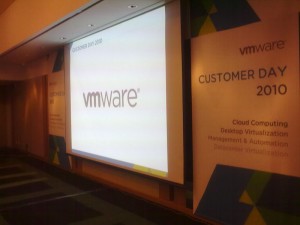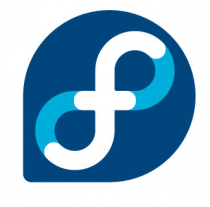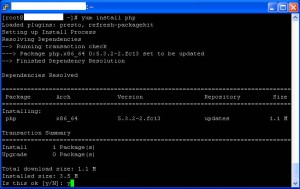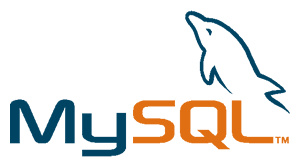 A lot of Java-based development tools require Java SDK as the dependency. This post will provide the guide on how to install Java SDK from Oracle on Windows, especially Windows 7. An additional configuration step is also included so that Java will be immediately ready for use by dependent applications.
A lot of Java-based development tools require Java SDK as the dependency. This post will provide the guide on how to install Java SDK from Oracle on Windows, especially Windows 7. An additional configuration step is also included so that Java will be immediately ready for use by dependent applications.
Java SDK installation on Windows is apparently very straightforward. Oracle already provides a page explaining the Java SDK installation steps. This post focuses on step-by-step guide with necessary snapshot images to deliver better clarity on the installation process.
Java SDK Installation
1. Download Java SDK from the download page
Java SDK download page URL is http://www.oracle.com/technetwork/java/javase/downloads/index.html.
Oracle has released Java JDK 8 that provides improvement over the previous Java JDK 7. However, in this post we will choose Java JDK 7 since some popular libraries that we will use later may have not officially supported Java 8. To download JDK 7, click JDK download button from the Java SE 7uXX section and choose the binary version to download (32-bit or 64-bit). Continue reading



